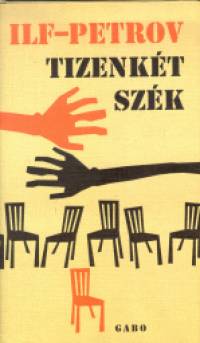No, this is not Glastonbury, WOMAD or Cambridge Folk Festival. Although I never been to any of these myself, I am sure that Fuerteventura en Música festival is something else altogether, judging from the following:
- I was able to attend it
- It is a free event (no tickets)
- It was not raining
The festival is one of Fuerteventura’s many “best-kept secrets”. It’s not that anyone is paid to keep it secret, it’s just not publicised well. So, take a note: Fuerteventura en Música happens every year about this time in El Cotillo, on Playa de la Concha. It takes about quarter an hour to walk from the bus stop, and the stage is difficult to miss.
The first day, or should I say night, I came to El Cotillo with Yuri. Opening the festival were majorero sambistas Crazy Drummers, drumming crazily all way from the beach and finishing in front of the main (and only) stage. The first band on stage was a rock trio Electrolapas, also from Fuerte. Afterwards, Yuri said that he enjoyed this band the most.
The programme continued with Senegalese-Canarian reggae outfit Nayaband. That was my favourite band of the evening. I love African music and dance, and Nayaband provided the treat.
Cuban Chila Lynn has great voice, and her piano playing is not bad either. It’s just not the kind of music I like to listen to: well-crafted, commerical-sounding neo-soul sounded out of place here, and the (lack of) public reaction confirmed that.
We went to catch the midnight bus to Corralejo. Special bus services were organised, departing to Corralejo and Puerto del Rosario from Campo de Fútbol, about 20 minute walk from Playa de La Concha. Five or six policemen were busy diverting traffic in the centre of the village. I asked them where exactly the bus stop was. They assured me that at this time there are no buses to Corralejo or anywhere and suggested to take taxi. Thinking that this is just another manifestation of the festival best-kept-secretness, we went to the bus stop opposite of the Campo de Fútbol and found there two ladies waiting. The bus duly arrived and departed exactly on-time.

On Saturday, all four of us went to El Cotillo. The second evening kicked off with Los Jables del Timple, the majorero jazz-funk band featuring the timple virtuoso Althay Páez, pianist Domingo Saavedra, bassist Carlos Cabrera and drummer Leo Olivares. I was considerably less impressed by Marujita, maybe because of their singer’s voice. Once the band was playing an instrumental, with Althay Páez joining on timple, it started to sound much better.
They were followed by the Belgians Krema Kawa — kind of Manu Chao meets Gogol Bordello uptempo reggae-ska-gypsy-Afrobeat fusion, very energetic and danceable. (By that time, Tamara and kids left, first to look for more civilised cafeteria and then for bus.) I would enjoy Kawa even more if not for annoying branding (I mean, we got the message, no need to repeat the band’s name ad nauseam).
Both nights, Guatemalan DJ Meneo was filling the gaps between the acts with electronica ranging from mildly amusing to mildly irritating, but never really good. Even so, some people were spotted dancing to it while the others made their way to the refreshment stalls. I wish these breaks were shorter though.
The last band I saw were my copyleft heroes Canteca de Macao. No gimmicks, no chitchat, no pauses, just pure music from start to finish the moment I, sadly, had to leave to catch the 1:30 bus (and if I didn’t, I would have to wait until 4:30 am). I hope to see their performance in full another time.
Even though by now we know that one can rely on buses, next time I would prefer to stay in El Cotillo for both nights. I like the idea of camping on the beach (didn’t like the act, went to the tent) but I also need little luxuries such as proper bathroom. Well, I have a year to sort the accommodation out.

More photos of El Cotillo @ Shutterstock.


















































